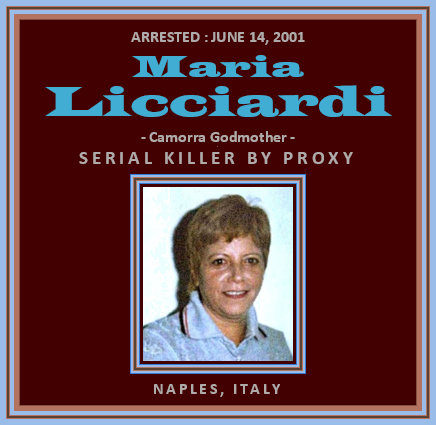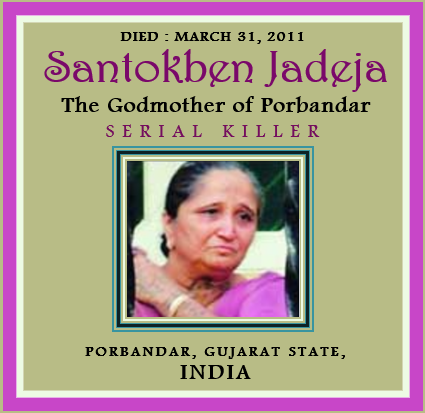The newspaper story below telling the story of 42-year old Ruby
Singh (Bhind District, Madhya Pradesh, India) offers only a few specific facts
about her previous life as a bandit. She claims to have committed two murders
at the age of 13. We are given no details of her subsequent eight years of
banditry, other than that she “was once a terror in the area.” It is reasonable
to assume she committed other murders, thus she included in the list of serial
killers as an interesting case of juvenile homicide. [St. Estephe, Feb. 25, 2022]
***
FULL TEXT: Standing at nearly 6 feet, Ruby Singh towers over
most of the people in this nondescript village, commanding respect, awe and
fear in equal measure.
And to add to the aura about her, she is a former bandit
queen who was once a terror in the area, close to the badlands of Chambal, the
breeding ground to some of India’s most dreaded dacoits.
But that is in the past. Today, Ruby Singh, 42 [b.1973], is
a “reformed person”, as her admirers say.
She was the sarpanch till recently before the seat was
reserved for scheduled caste candidates. Her followers say she is also a social
worker engaged in uplift of women of the village in Madhya Pradesh’s Bhind
district, around 500 km north from capital Bhopal.
The former bandit is herself not ashamed of her past and
said she became a ‘baagi’ – Hindi for rebel – to protect the honour of women of
her village, who she alleges were being molested.
“I was only 13 years [1986] when I killed two people,
including a woman constable, on the same day. My aim (now) is to strengthen the
women of my area and make them strong so that they can fight male atrocities,”
Ruby Singh told Hindustan Times.
Ruby was born in Bamayan village, now in Auraiya district of
Uttar Pradesh, which falls in the Chambal region straddling two states.
After becoming a bandit, the ravines of Chambal became her
home, providing hide-outs to her gang. However, not much is known about her
ways as an outlaw.
But she had a change of heart when she married Veer Singh,
another dacoit of the Bhind region, and both surrendered in 1994. She was 21
then.
A year later, both settled down in Gaurai village though
they were given a plot of land by the government at Guna, around 175 km away.
Mother of a teenage daughter and two sons, Ruby said that
since surrendering, she has tried to change the very society which forced her
take up arms.
A self-help group started by her is helping woman of the
village to attain economic independence.
“We learnt stitching under the SHG. Now I earn about Rs
50-70 daily by stitching. She is always with us in difficult situations,” said
Lakhi Bai, a resident of the village.
People said that the village now does not hear about
incidents of drunk husbands abusing their wives as the fear of Ruby runs deep.
“She never tolerates atrocity on women and poor and this is
what makes her our saviour,” said Urmila, another resident of Gaurai.
However, there are others who resent her strong-arm tactics.
Ram Prakash Nagar, secretary of the cooperative bank at
Gaurai, said Ruby Singh is not respected but feared by the people. “She is
cunning and uses the poor and gullible people for her benefit. She had a fight
with me once and threatened to kill me. She also threatens people to get them
booked under false cases,” Nagar said. A few cases of assault are also pending
against her at the local police station.
[Ritesh Mishra, “Bandit queen from Bhind lays down arms,
takes up a village,” Hindustan Times, Aug 13, 2015]
***
***
***
For similar cases, see:
Female Serial Killer Bandits
***
More cases:
Serial Killer Girls
***
[640-4/6/22; 2195-7/13/22]
***



















